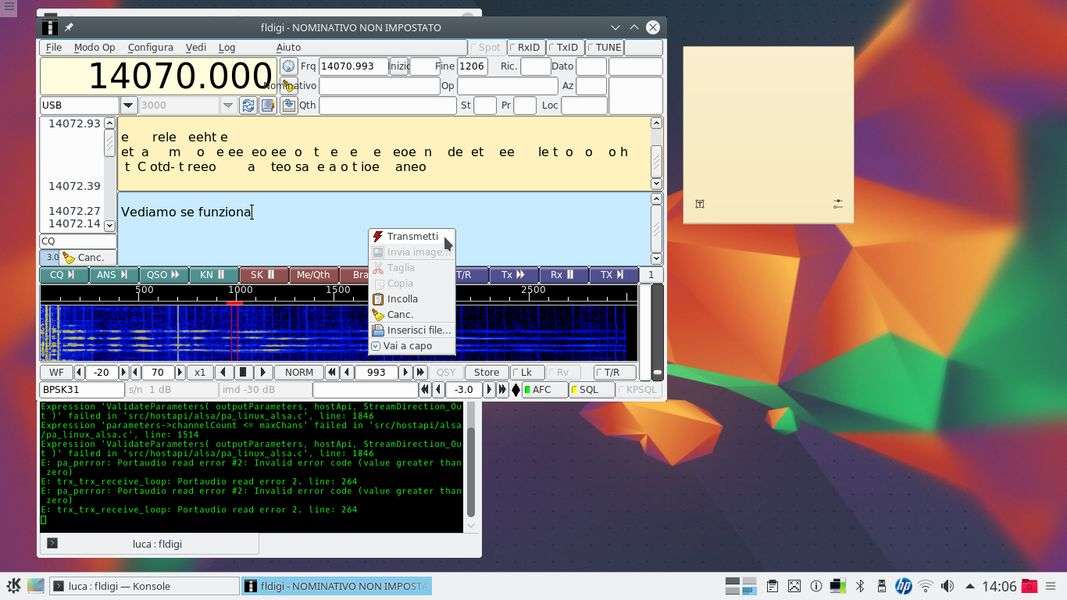

The following instructions for configuring fldigi are tailored to this course's intended audience, hams who expect to operate in the FM mode on the VHF and UHF bands and who plan to use fldigi primarily for participating in local digital nets, on simplex or repeater, and for communications with other hams who they know.
#Fldigi downloads source forge software
(See NBEMS menus and configuration for help with the "W|X" and "Y~Z" method of describing software menus and configuration.) You can adjust the size of, or hide, these controls by using View|Rig/Log Controls. However, others may find the "Call" field useful, as described below under "Logging~Call Lookup" under the Configuration heading. The log controls are useful if you want to record details of a contact you have made, an activity more interesting to contesters and ragchewers. Rig control requires a cable and a rig that supports it, and isn't necessary for the activities covered in this course. The frequency display and mode indicator become active and potentially useful only when you are using rig control, which enables fldigi and the rig to communicate information back and forth and allows fldigi to control the rig beyond merely initiating and ending transmission. In fldigi's default view, there are some additional features at the top, including a frequency display (by default you'll see "0.000") and mode indicator at the left side. On frequencies that aren't busy with multiple signals visible in the waterfall, this pane will probably not be useful to you. To the left of the receive and transmit panes, you may see the channels pane, with a white background by default. Confirm this by ensuring that the button just below the lower left corner of the waterfall pane reads "WF" if it does not, click it until it does.) (This pane can actually display things other than the waterfall, but this training course will assume you are seeing the waterfall. As seconds pass, each signal appears at the top of the waterfall and disappears at the bottom. Here, incoming and outgoing digital signals are displayed.


Below the transmit pane, with a black background by default, is the waterfall pane. It will display in black any text that is set up to be transmitted and in red any text that has already been transmitted during the current transmit session. Below the contact pane, with a pale blue background by default, is the transmit pane. It retains that text during your current fldigi session but is erased when you close fldigi (though it is saved in your log files). It will show pretty much everything that happens during your fldigi session, including text you have received and text you have transmitted. The upper large horizontal pane, with a pale yellow background by default, is the receive pane (or contact pane). (Your copy of fldigi may look a little different the user interface can be modified in many ways!) Note the three large horizontal panes and one vertical pane: Now, with any interface device and cables disconnected from your computer, launch fldigi as you would any other newly-installed application.


 0 kommentar(er)
0 kommentar(er)
